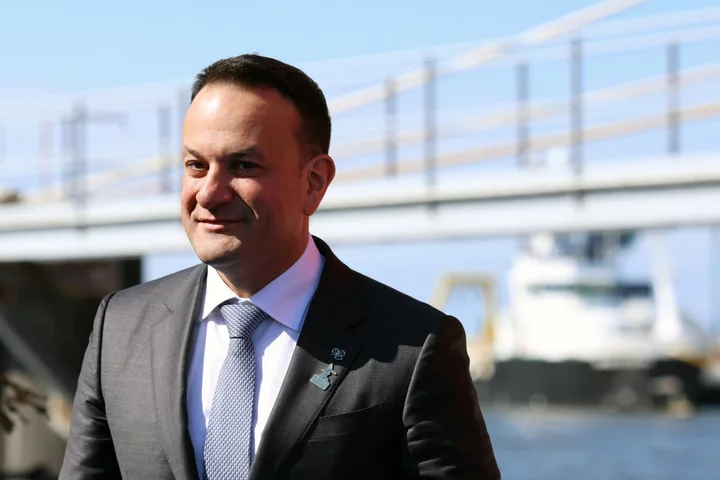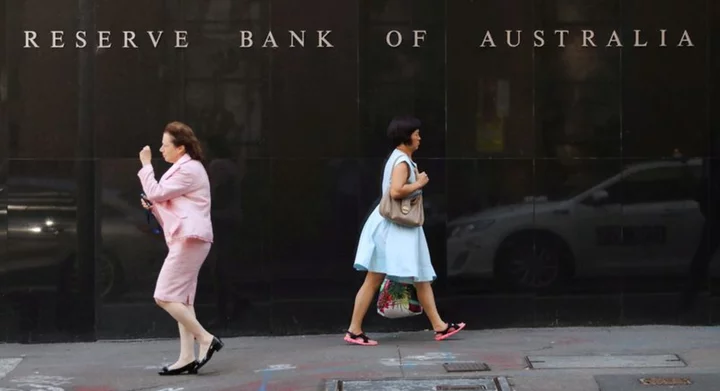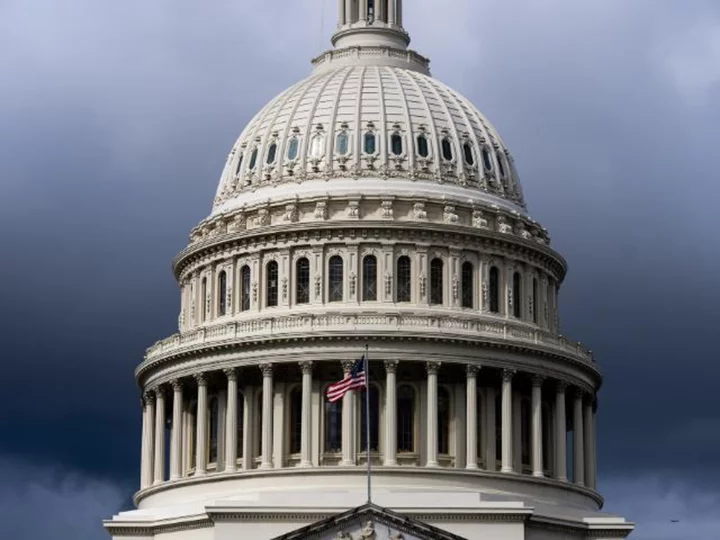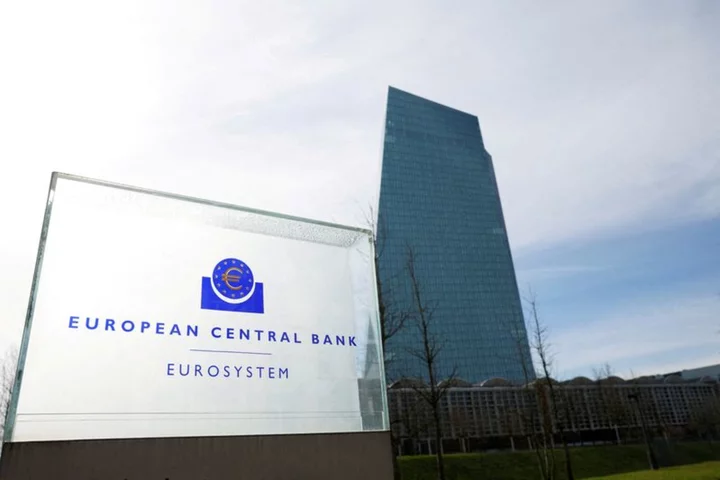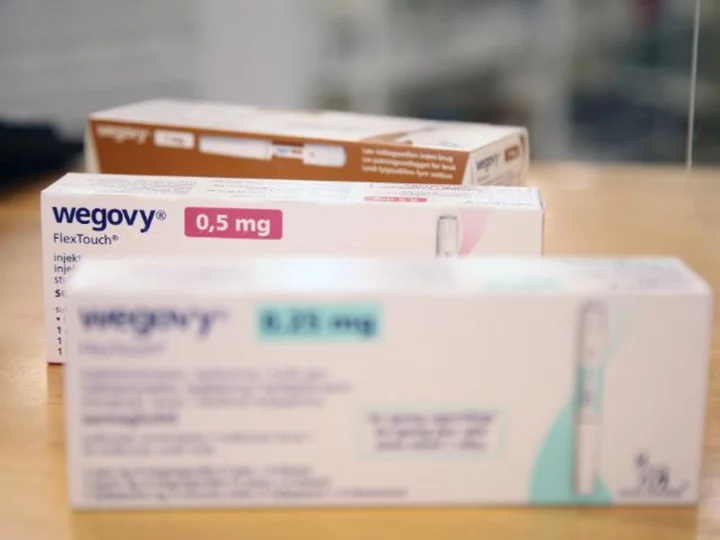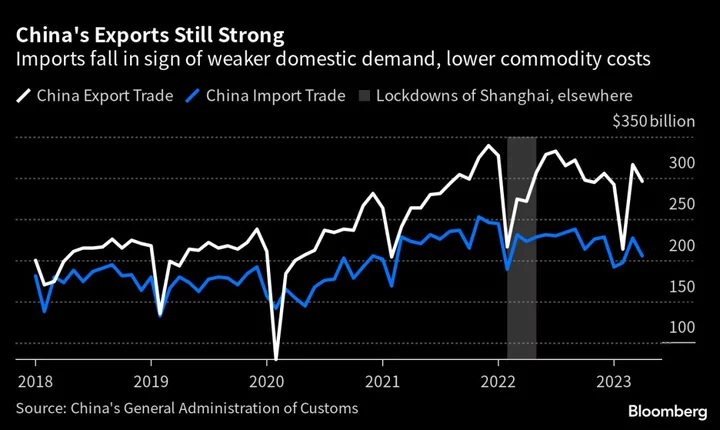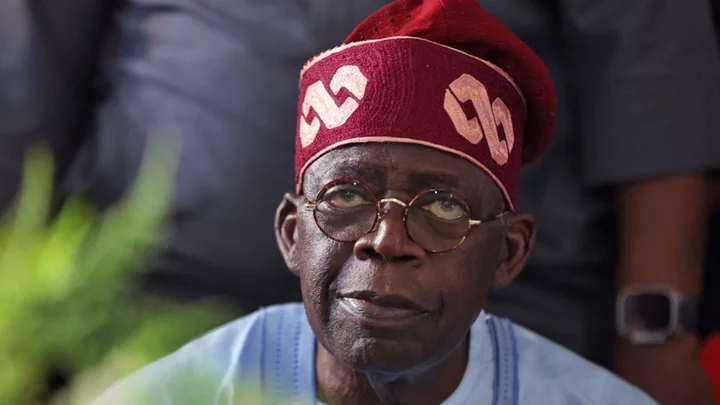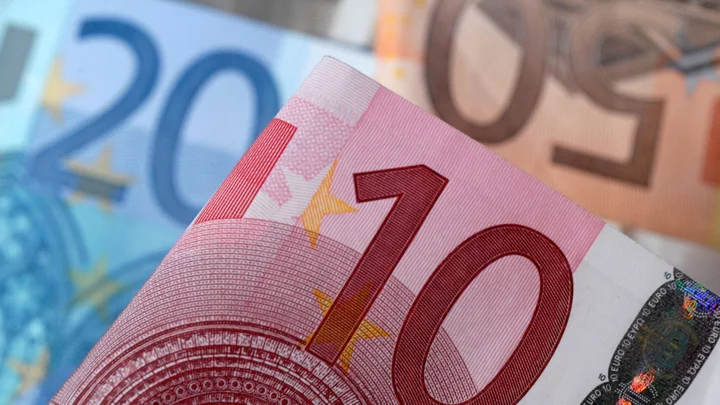On the morning of October 19, a storm swept across the Irish Sea. Intense rains battered the country with flash flooding, and just over 100 miles south of the Irish east coast, a bolt of lightning struck one of the seven turbines at the Arklow Bank wind farm, setting it ablaze.
Onlookers watched as dark smoke billowed from the towering turbine and bright red flames licked its still-swirling blades. Then it went offline. In one fell swoop, a seventh of Ireland’s offshore wind generation was knocked out of production.
For decades, Ireland has had big plans to exploit the incredible natural advantage afforded by its position on the edge of Europe. While it is one of the of the smallest members the EU, it has a maritime area seven times the size of its landmass, giving it unique access to the powerful Atlantic winds that rap the Irish coast.
“The energy that you can capture from wind farms off the west coast of Ireland is significantly more than the energy you can potentially capture elsewhere in Europe,” said Barry Kilcline, Ireland head of offshore at SSE Renewables, which has entered a bid to build a second, larger wind farm in the Arklow area.
But that has not happened. When Arklow Bank went live 19 years ago it was intended to be a template for future wind farms. Yet no new farms have been built in Ireland since it was completed, and the country’s electricity grid is long overdue for an upgrade.
There are many reasons as to why the sector failed to take off — the main focus was long on onshore wind farms, with Energy Minister Eamon Ryan observing that in 2004 onshore wind cost “half if not a third” of the price of offshore. Moreover, for years rather than create any substantial policy around offshore development, Ireland let the UK subsidize offshore wind to bring down the cost.
Now, Ireland’s government is embarking on an ambitious effort to build up the country’s offshore resources, with the ruling coalition having made climate a top priority and Russia’s invasion of Ukraine driving up energy prices. By 2050, the country is aiming to have at least 37 gigawatts of installed capacity — nearly as much offshore wind as France plans to have by that year (40 GW) for a population a tenth of the size. That would enable it to secure its energy independence, meet climate goals and, as Kilcline put it, make Ireland “the Saudi Arabia of offshore wind for Europe.”
If it continues to wait, the stakes are high. The country would blow a hole in its climate targets, jeopardize its tilt toward energy independence, squander a valuable potential revenue stream and watch while thousands of jobs are created elsewhere.
Next Steps
Ireland launched its first offshore wind auction in April, soliciting bids from seven major energy industry players to build new state-subsidized wind farms mostly along the eastern coast. The process will be completed in early May and the companies responsible for the successful proposals will be notified by Ireland’s energy planning authority in mid-June.
The completion of a wave of new wind farms would be a significant step towards Ireland meeting its goal of getting 80% of its power from renewables and halving its greenhouse gas emissions by the end of the decade. The seven gigawatts of energy that Ireland plans to capture by 2030 through the initial batch of wind farms is expected to power 4.7 million homes per year — more than twice the country’s 2.1 million — and represents less than a tenth of what experts say could be the total amount it will eventually generate.
These prospects have caught the eye of many of the biggest players in the green energy sector.
Leading Norwegian and French renewable energy developers Fred Olsen Seawind and EDF Renewables have teamed up for a proposed farm off the eastern coast. Sydney-based Macquarie Group, through its dedicated offshore wind company Corio Generation, also has plans to develop in Irish waters, as do Dublin-based Mainstream Renewable Power and SSE Renewables, among others. Ørsted, the Danish multinational power company, has registered several Irish companies linked to possible wind farms.
There is “massive opportunity” in Ireland, said TJ Hunter, Ørsted Ireland and UK Senior Director.
Red Tape
For now, plans remain fragile, if intact. Developing a robust green sector relies on a delicate ballet of generating investor confidence and financial incentives while maintaining a consistent regulatory framework. Although Ireland has recently passed and proposed further planning laws and established a new national agency to regulate its waters, it is still struggling to get that mix right.
The country’s planning system remains in chaos, with projects facing inordinately long timelines for decisions to be issued. Critics have questioned whether the state agency responsible for assessing novel offshore projects has the expertise to do so. The grid also needs significant capacity upgrades, as it is, according to Ørsted’s Hunter, only “marginally fit for purpose.”
The recent departures of two high-profile private-sector partners has further dampened optimism around offshore. Norwegian state-owned multinational Equinor pulled out of a wind farm project off the southwest coast of Ireland in late 2021 and Shell followed last year. While neither explained their decision, both were regarded as having grown tired with the slow pace of progress.
Then, in March, the Department of Energy announced that going forward the state, rather than developers, would choose the location of future wind farms, creating confusion about whether existing projects would be allowed to proceed.
To developers and potential investors, this news landed like a bomb. The move was a “radical change,” according to industry group Wind Energy Ireland, that would “undermine” efforts to achieve Ireland’s offshore targets. Kilcline, the SSE Renewables Ireland head of offshore, said the “U-turn” had put Ireland at a “significant disadvantage” by sowing doubt about the policy framework in which companies were operating.
“We’ve done various environmental surveys, we’ve done site investigations, we’ve spent several million euros,” Kilcline said of one project, the Setanta Wind Park off Ireland’s northeast coast. “And now, we’re in a position where we don’t know whether that project is going to progress or not.”
Angela Larkin, Ireland project lead at Ocean Winds, which is currently developing two Irish offshore projects, echoed this sentiment. “It’s really important that they accelerate the publishing of those [locations],” she said.
For Ireland to pull ahead, said Ørsted’s Hunter, policy, planning and grid development capacity had to be aligned.
“We just need to stitch them together, I can’t overemphasize that point,” he said. “There needs to be coherence in these; they need to work together to move in the right direction so that one doesn’t trip up the other and they need to give investors confidence and certainty.”
Winds of Change
Speaking last month at a wind energy summit in the Belgian city of Ostend, Taoiseach Leo Varadkar described going all in on offshore as “a huge economic opportunity” that would “pay for itself” — albeit after billions of initial investment is committed. A recent analysis by Scottish consultancy firm Biggar Economics found that in the Atlantic region alone, the offshore wind sector could support between 2,000 and 5,300 jobs and generate between €170 million and €400 million in gross value added within the next 14 years.
Polls suggest that these views are broadly shared. An industry-commissioned survey published in February found that 79% of people supported offshore wind energy in Ireland, and less than a third felt that the country was doing enough to capitalize on the sector’s potential.
Now, the government now needs to fully convince foreign investors.
Ryan, the energy minister, acknowledges that the system isn’t perfect, but he remains confident.
“It is the peace project of our time, rolling out renewables,” Ryan said. “So, I’m just determined to go for this and do our very best to deliver it.”

